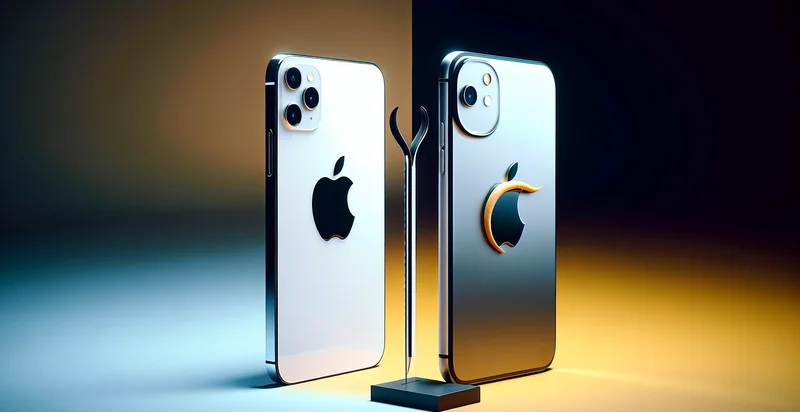Identify google vs samsung devices
using AI
Below is a free classifier to identify google vs samsung devices. Just upload your image, and our AI will predict if it's a Google device or a Samsung device - in just seconds.

Contact us for API access
Or, use Nyckel to build highly-accurate custom classifiers in just minutes. No PhD required.
Get started
import nyckel
credentials = nyckel.Credentials("YOUR_CLIENT_ID", "YOUR_CLIENT_SECRET")
nyckel.invoke("google-vs-samsung-devices", "your_image_url", credentials)
fetch('https://www.nyckel.com/v1/functions/google-vs-samsung-devices/invoke', {
method: 'POST',
headers: {
'Authorization': 'Bearer ' + 'YOUR_BEARER_TOKEN',
'Content-Type': 'application/json',
},
body: JSON.stringify(
{"data": "your_image_url"}
)
})
.then(response => response.json())
.then(data => console.log(data));
curl -X POST \
-H "Content-Type: application/json" \
-H "Authorization: Bearer YOUR_BEARER_TOKEN" \
-d '{"data": "your_image_url"}' \
https://www.nyckel.com/v1/functions/google-vs-samsung-devices/invoke
How this classifier works
To start, upload your image. Our AI tool will then predict if it's a Google device or a Samsung device.
This pretrained image model uses a Nyckel-created dataset and has 2 labels, including Google Devices and Samsung Devices.
We'll also show a confidence score (the higher the number, the more confident the AI model is around if it's a Google device or a Samsung device).
Whether you're just curious or building google vs samsung devices detection into your application, we hope our classifier proves helpful.
Related Classifiers
Need to identify google vs samsung devices at scale?
Get API or Zapier access to this classifier for free. It's perfect for:
- Market Research Analysis: By employing the Google vs Samsung device identifier, companies can gather insights on consumer preferences, aiding marketing strategies. This analysis can uncover trends that influence product development and advertising campaigns based on the competitive landscape.
- Supply Chain Optimization: Retailers can leverage this function to optimize inventory by understanding the popularity of Google versus Samsung devices in specific regions. This enables better stock management and helps reduce overstock or shortages of popular models.
- Device Performance Benchmarking: Tech companies can utilize the identifier to analyze and compare the performance of Google and Samsung devices in real-world usage. This benchmarking can be invaluable for improving product features and user experiences.
- Customer Support Improvement: Customer support teams can use the identifier to quickly determine the type of device a customer is using. This enables more efficient troubleshooting and personalized service, leading to improved customer satisfaction.
- Security Vulnerability Assessment: Security firms can employ the identifier to assess potential vulnerabilities present in Google and Samsung devices. By identifying device usage trends, they can tailor their cybersecurity measures to better protect users against prevalent threats.
- Advertising Targeting: Advertisers can use the identifier to tailor their marketing campaigns based on the type of device users have. This allows for more targeted ads that resonate with the audience, increasing conversion rates and enhancing marketing ROI.
- Product Development Insights: R&D teams can analyze data from the identifier to understand what features or specifications are favored by users of Google versus Samsung devices. This information can inform the design and development of future products, keeping them aligned with market demands.


